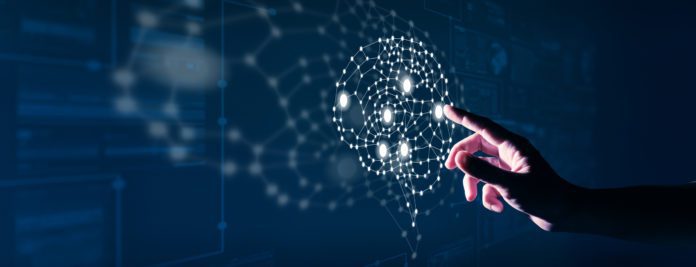I recently shared a mashup of the hierarchy of autonomous cars and how it might be applied to autonomous IT. Dell held a panel this week hosted by the actor who played Luke Skywalker, Mark Hamill, on this same subject. John Roese, Dell’s CTO, walked us through a similar taxonomy before the panel discussion kicked off.
Although Hamill isn’t a tech expert, I should add that he did an excellent job moderating the panel and keeping the topic interesting. I moderate from time to time myself, and while it may look easy, it is anything but easy. One interesting comment toward the end was on his working with LED walls and how he appreciated not having to travel, which had me thinking, “Wait until he sees the metaverse and tools like NVIDIA’s Omniverse.”
The panel had some exciting experts: including Roese of Dell; Patrick Duroseau, VP of enterprise management for Under Armour; Michio Kaku, a renowned futurist and theoretical physicist; Rose Schooler, corporate VP and GM for Intel; and Susan Sharpe, product manager for Dell’s Cloud IQ product.
Dell’s automated presence
A few years back, at Dell Technology World, they had an expert session, and the speaker spoke about autonomous robots being the future of technology. I often wondered if anyone from Dell attended that talk for the years that followed, because robots weren’t exactly on their road map. But who says you have to apply autonomy to just robots? Dell was working on the autonomous part. Roese and Sharpe highlighted Dell’s increasing number of highly automated offerings. These offerings include VXRail, APEX, their massive IT-as-a-service offering, and CloudIQ. These offerings already provide a host of limited autonomous benefits, like higher reliability, faster deployment, automated monitoring and incident mitigation, and advanced automated monitoring focused on the technical health of the business.
Currently, Roese shared that Dell is looking for ways to automate client devices and endpoints, saying that the only way they, and their customers, can keep up with technology growth and advancement is to automate.
Humans vs. machines
It was interesting that several of the panel members differentiated what humans and machines could do using somewhat out-of-date concepts. For instance, the idea that an AI can’t create art or do any actual creative work has been disproven several times with AI musicians and artists. Yes, the work is often derivative but that means the machines learned their skills from actual artists much as their human counterparts did. Two futurists spoke to this at another Dell event and indicated machines would take jobs we hadn’t thought were at risk. Sadly, one of those jobs is an analyst, which is what caught my attention.
They argued that it made far more sense to replace expensive employees with automated alternatives than inexpensive employees, because you could better justify the cost of the automation. However, this conclusion doesn’t mean that low-level employees aren’t at risk, as the labor shortage has emphasized finding ways to use technology to address the massive labor shortage problem. All of us are going to have to consider retraining as autonomous technology advances across all industries.
Short-term staffing needs
I think the greatest need will be, and IT people may be ideal for, bridge jobs. These people understand enough about the industry vertical and the AI technology to make intelligent decisions or recommendations about the needed technology and how best to deploy it. This stuff isn’t magic, and a technical expert who doesn’t understand the business or a business expert who doesn’t understand the technology will make expensive mistakes. This problem is at the heart of why so many AI efforts seem to be failing at the moment.
Given these bridges, this career path may appeal to many IT folks who will eventually be put at risk due to automation. Spending some time understanding how your company operates could pay huge dividends when deciding which technology to use and how to deploy that technology best.
Wrapping up
Mark Hamill did an excellent job moderating the panel, and, if you have the time, the talk is worth watching, if only to get some of the Star Wars back stories. But we are moving toward a time when IT will be highly automated, and accepting that this will happen to us without your help, and that it is better to ride a technology wave than being buried by it, should remind you that you’ll have some choices to make concerning your career in a few years. Those who are prepared for those choices will do far better than those surprised by them.
We are at the front end of the next industrial revolution. As with any revolution of this type, there will be huge winners and losers. Some of the losers will move too quickly and some not quickly enough. Knowing the difference and being able to navigate these changes will be critical to your future. The time to start retraining is before your job becomes redundant. Fortunately, applied AI is a fascinating subject, and AI skills will likely be in short supply for the foreseeable future. Best of luck!



